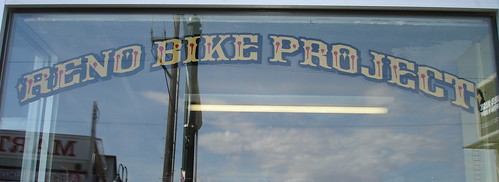One of the valuable STEM learning opportunities I’m part of right now is training teachers across our state in Project Wet. Think of it as Project Wet with a STEM focus.
We wrote and received a rather large grant sponsored by the Nevada Division of Environmental Protection (NDEP). Its enough money that we will be conducting these trainings for about 2 years with the goal of training hundreds of educators statewide in water and other science content.
Myself (I’m the STEM Learning Facilitator for northwest Nevada), Lou Loftin who is the Science Learning Facilitator, and Mary Kay Wagner an Environmental Scientist in the Bureau of Water Quality Planning with NDEP, are a team that travels around providing 16 hour trainings statewide. Nevada is a huge state (from here in Reno to Las Vegas is over 400 miles one way) so we put many miles on Lou’s truck which we cram full of equipment and supplies when we go on the road.
Currently we are in the middle of a 4 session class that convenes just south of here at River Fork Ranch in Genoa, Nevada.
We combine lessons right out of the Project Wet Guide 2.0 (which you cannot buy – you must participate in a least 6 hours of training in Project Wet to receive a guide) with hikes through the parks where our classes usually take place, some training in online photo archiving (Flickr), wikis and the online Project Wet Educator’s Portal.
Besides receiving a copy of the Project Wet guide, participants in our trainings also take supplies and resources provided by the grant back to their classrooms – beakers, pipettes, graduated cylinders, measuring tapes, Earth globes, maps and more. They also take back the links and online resources we help them register for (see above) and the network of teachers they meet and link to as part of the class. Several participating teachers have already brought their own students to the sites on field trips.
If you follow me on Twitter I often Tweet out photos and reports of where we are and what we’re up to. We have several more “Wet” classes coming up before June in eastern Nevada, and come fall we’ll continue our treks around the state. One of the “perks” of a project like this is getting to visit the beautiful places that abound in Nevada.
BELOW: Photos from our training in Las Vegas at the Clark County Wetlands where they pump 3 million gallons of water from the water treatment facility through the park daily to help provide habitat for a surprising amount of flora and fauna in the desert.
Learning is messy!















